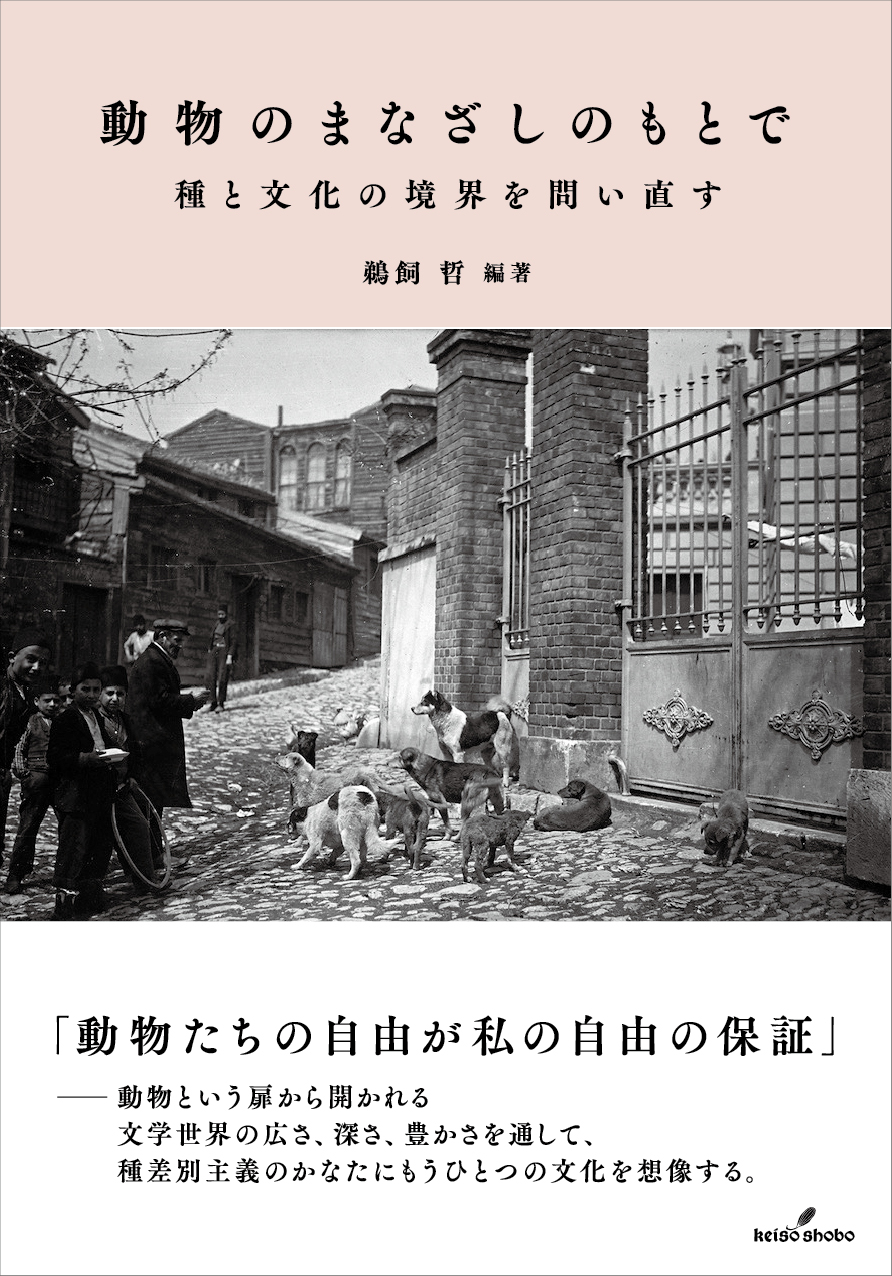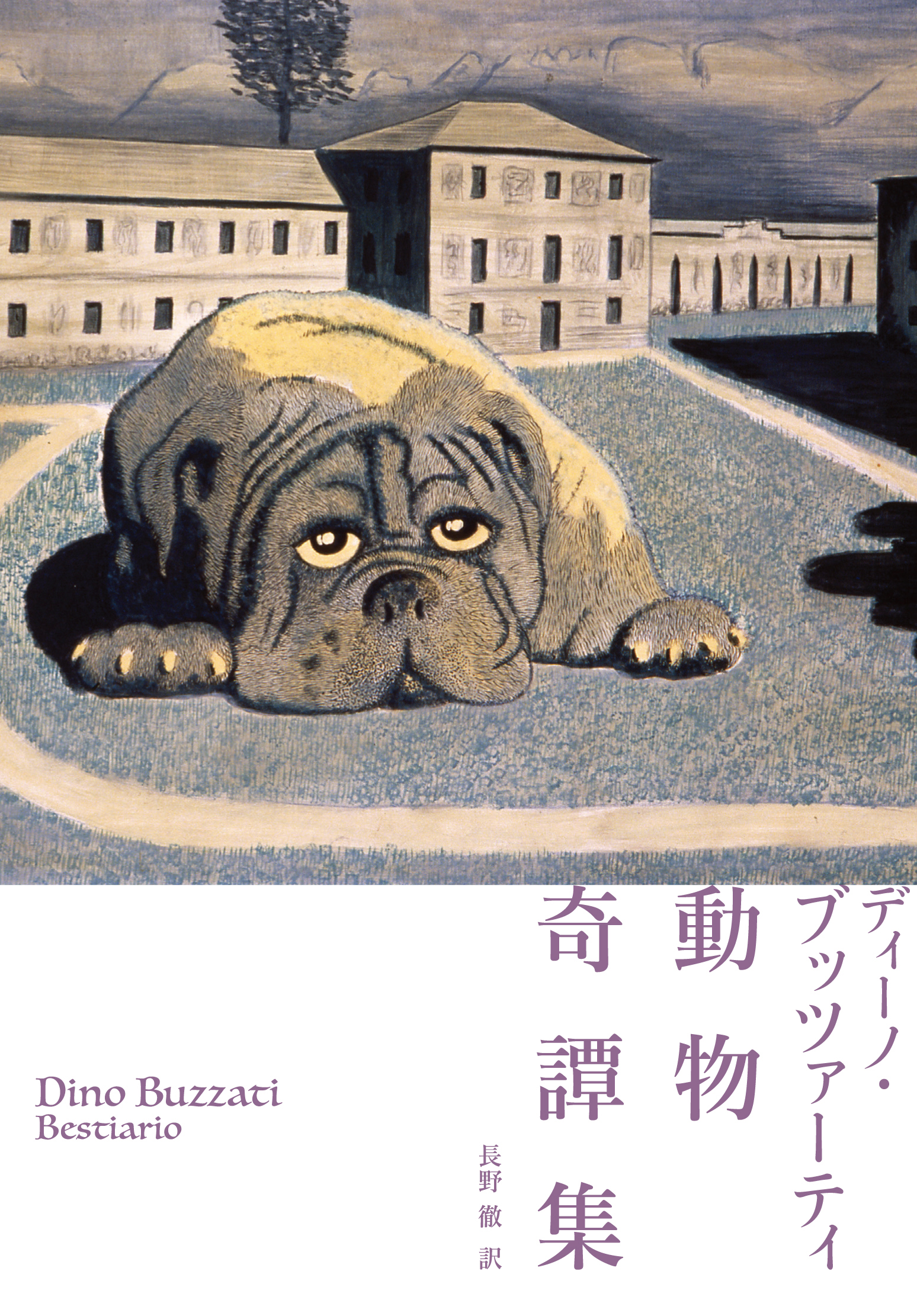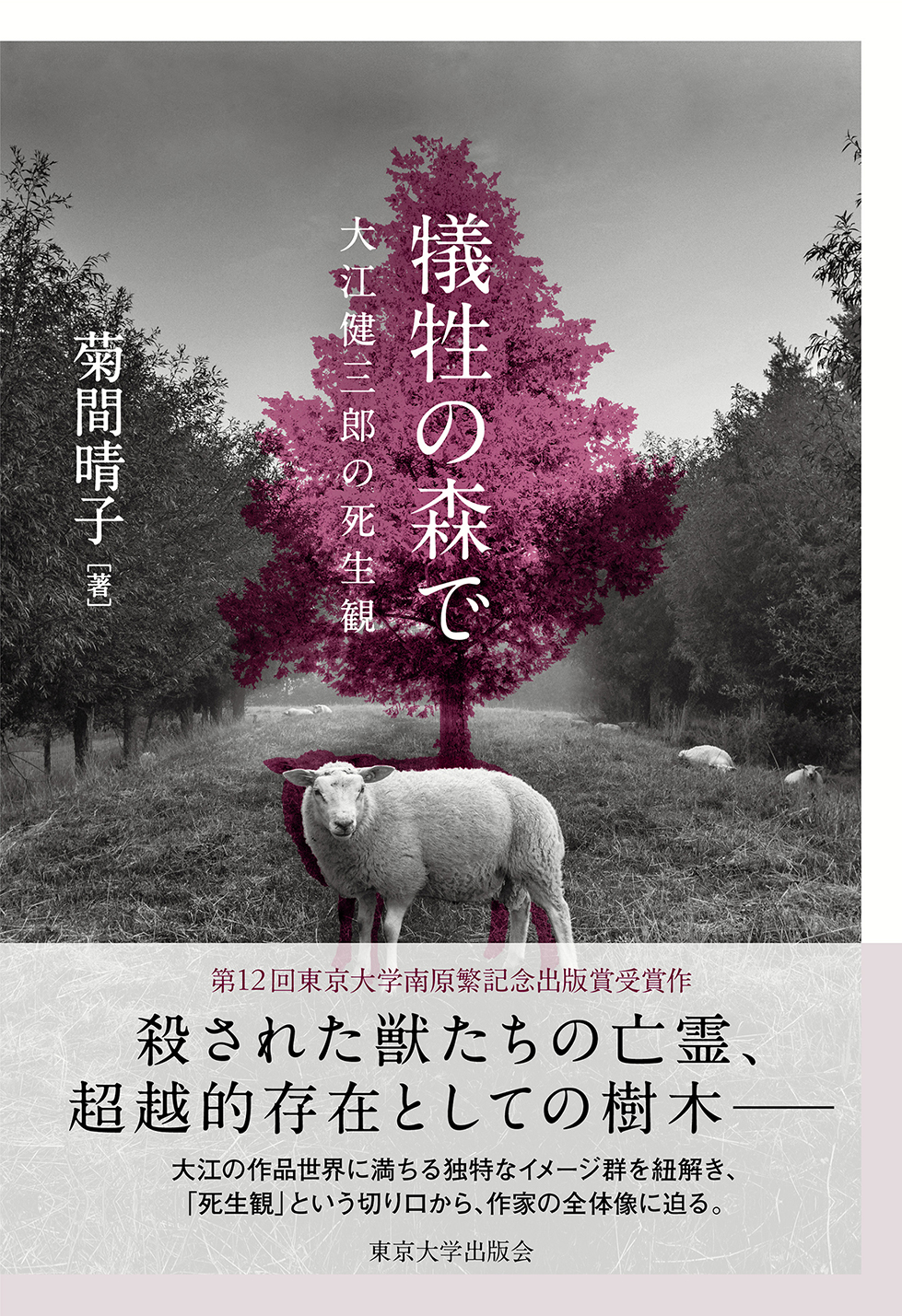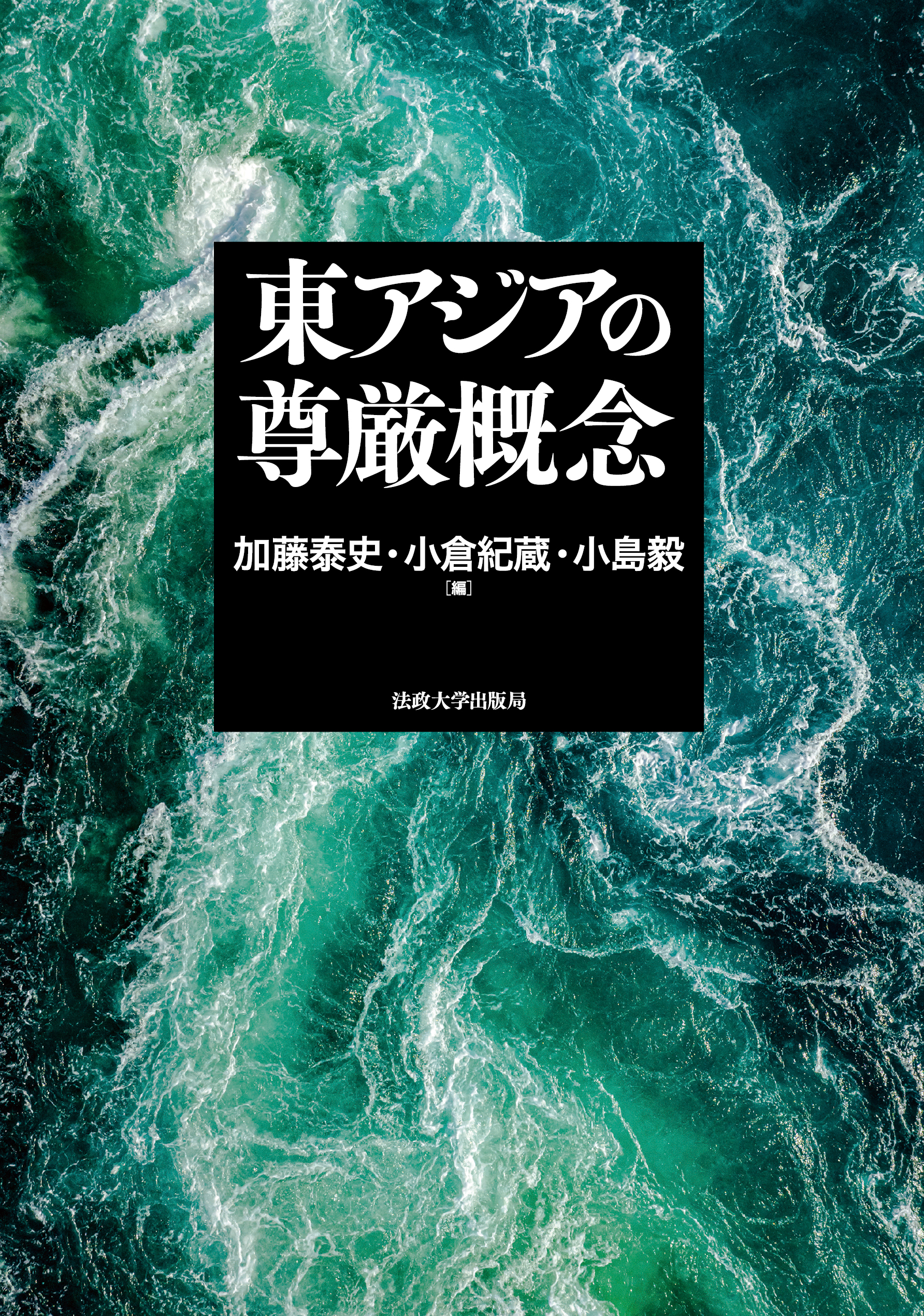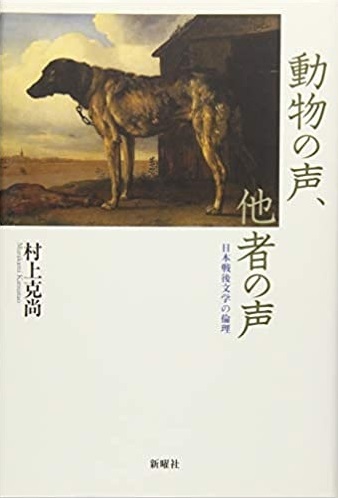
Title
Dobutsu no koe, Tasha no koe (The voice of the animal, the voice of the other: the ethics of postwar Japanese literature)
Size
394 pages, 127x188mm
Language
Japanese
Released
September 25, 2017
ISBN
9784788515376
Published by
Shinyosha
Book Info
See Book Availability at Library
Japanese Page
As a consequence of its military aggression referred to as the “Greater East Asian War,” Japan carried out mass slaughter and destruction in East Asia and the Pacific Region on a scale never seen before. This fact has weighed heavily as a critical ideological issue on those who lived in the post-war period. Just as the shock of the Nazi Holocaust forced a radical reshaping of the academic world and arts in the West, memories of the Great East Asian War were divided up and shared by people and encouraged fundamental introspection regarding the violence in their respective fields.
Among those people, there were some who questioned the fundamental nature of violence and sought an ethics to overcome such violence through the creation of literature. In Japanese history of literature, works by such authors are referred to as sengo bungaku, or “postwar literature.”
That said, have we understood the ethics of postwar literature correctly? Rather than facing the peculiarities of postwar literature head on, have we perhaps satisfied ourselves with applying external ethics that are more familiar to us?
In this case, “familiar ethics” refers to the slogan “rehabilitation of humanity and autonomy,” which is a topic of frequent critical examination in the book. Without a doubt, the war executed by Japan stripped the human dignity and independence/autonomy not only of the people in countries attacked by Japan but, also, of the citizens of Japan itself and caused the brutal deaths of many people. Accordingly, it is true that the rehabilitation of humanity and autonomy were seen as important challenges in postwar ideology. That said, I hesitate to assert that the intent of postwar literature is to rehabilitate humanity and autonomy.
This is because what is depicted in much of postwar literature is violence that, under the banner of human dignity, seeks to exclude or exterminate those who are seen as not possessing this dignity. Those subject to exclusion or extermination are frequently represented as animals. Examples of the violence created by expressions such as “S/he isn’t human (is the same as an animal)” can be seen throughout Japanese postwar literature.
In this context, the concepts of human and animal are reversed. In other words, it is those who most loudly proclaim “human” dignity who, in fact, exhibit a horrifying animal nature and seek to mercilessly kill off weaker individuals who are viewed with disdain as “animals.” If that is the case, what does it mean to be “human,” and what does it mean to be “animal”? First, we must intentionally enter this ambiguous territory and ponder this question carefully.
This book examines ethics related to the boundary between human and animal that was pursued by postwar literature but that has not been sufficiently acknowledged up to this point. The literature examined includes various works by Takeda Taijun, Oe Kenzaburo, and Kojima Nobuo.
Postwar literature reverberates with the voices of animals calling out to us. In a society where there is a palpable fear that we ourselves or those we love may someday be viewed as animals that may even be subject to extermination and in a society that hurtles toward a deteriorating future with such fear as a driving force, we hear the voices of animals in postwar literature calling to us even more strongly and with greater urgency.
For anyone who longs for an end to human vs. human violence, postwar literature continues to be an infinite source of inspiration.
(Written by MURAKAMI Katsunao, Associate Professor, Graduate School of Arts and Sciences / 2020)



 Find a book
Find a book


 eBook
eBook